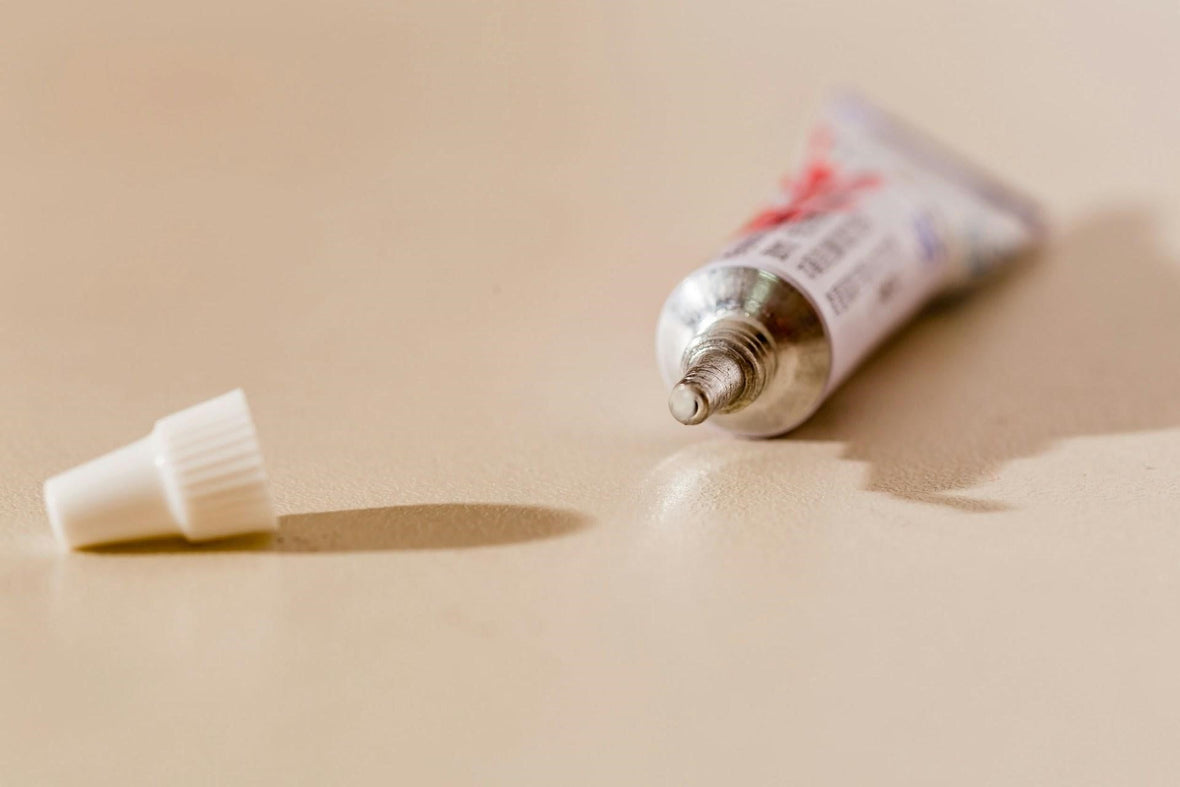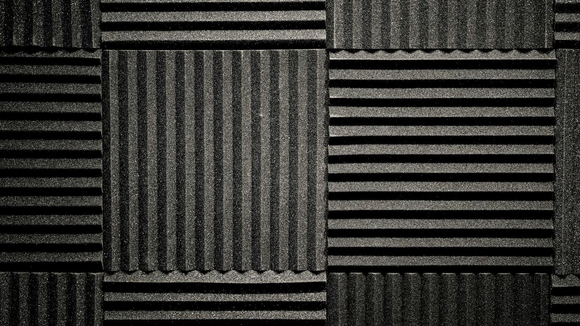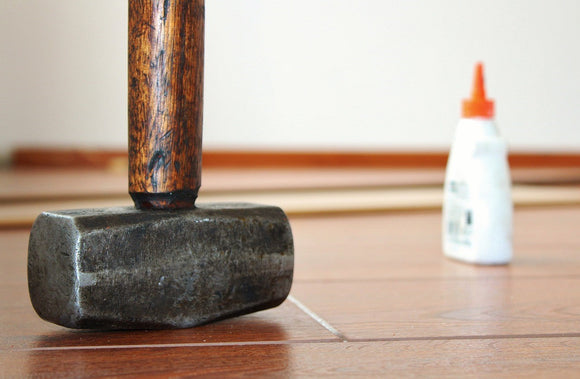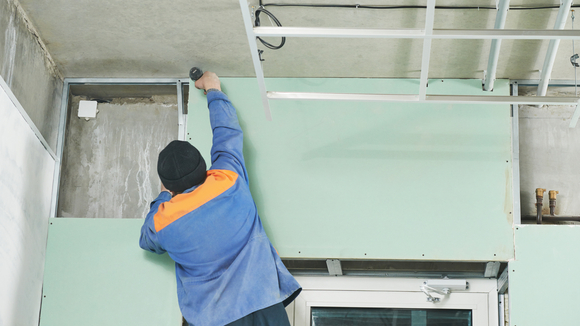
Best Glue for Foam: Top Adhesive Options That Won’t Damage It
Tobias Johnson-Hulse
Finding the best glue for foam is essential when you need to join foam pieces or attach foam to other materials without causing damage. In this guide, we’ll explore the best adhesive for foam, including options like spray adhesives and speciality glues. Whether you’re mounting foam board to wood or trying to stick foam to plastic surfaces, we’ll help you choose an adhesive that provides a secure bond while keeping the foam intact. From the best spray adhesive for foam panels to heavy-duty solutions for difficult surfaces, here are the top options and how to use them effectively.
Why Foam Requires a Special Adhesive
Not all glues work on foam. Certain adhesives contain strong solvents that can dissolve or eat away foam, causing it to deform or release harmful fumes. To avoid this, it’s important to select a foam-safe adhesive. The ideal glue for foam will be one that is solvent-free (or specifically formulated for foam) and doesn’t generate excessive heat during curing. The best adhesive for foam board to wood surfaces is one that creates a strong bond without damaging the foam, as it is not only important that it adheres well but also leaves the surfaces intact. The best glue for foam to plastic are often polyurethane-based adhesives, as they adhere to non-porous surfaces and cure to a hard, waterproof substance.
Top Foam-Safe Adhesive Options (That Won’t Damage Foam)

When searching for a glue for foam, you’ll encounter several types of adhesives. Below are some top options that are known to be foam-friendly, along with their ideal uses, pros, and cons:
Spray Adhesives for Foam
Using a spray adhesive is often the best approach for foam projects where you need to cover a broad area, such as attaching acoustic foam panels or foam sheets to walls. Spray adhesives come in aerosol cans and deliver a fine, even mist of glue, which helps achieve uniform bonding without clumps.
Tips:
● Foam-safe formula: Choose a spray adhesive labeled for foam use. Generic spray glues can contain solvents like acetone that melt polystyrene.
● Ventilation: Always use in a well-ventilated area and wear a mask if possible – spray adhesives can have strong fumes.
● Positioning: Sprays often bond on contact or with very short working time. Some allow a brief window (a few seconds to a minute) to reposition; check instructions.
A foam-friendly spray adhesive is ideal for projects like mounting presentation boards, installing foam insulation panels, or hanging lightweight acoustic foam squares. Apply an even coat to either one or both surfaces as directed.
Foam Board Adhesive (Construction Adhesive for Foam Board)

When you need to attach foam to sturdier materials like wood, metal, or drywall – for instance, putting up foam insulation panels or foamboard to a wall or wooden frame – a specialized foam board adhesive is your best bet. This is often a type of construction adhesive formulated specifically for foam products.
Tips:
● Can work in moderate temperatures: Just be sure to check the instructions (for some products the extreme cold can slow curing).
● Doesn't require even surfaces: Because it’s a thicker adhesive, you can use it on slightly uneven surfaces.
● Does require clean surfaces: Clean up any excess before it dries (water-based formulas can be cleaned with a damp cloth.
Using a foam-specific construction adhesive ensures a strong foam-to-wood bond. It is commonly used in construction and crafts, or when attaching foam insulation sheets in home projects. Just be sure it’s explicitly labeled safe for foam. If you mistakenly use a standard construction adhesive that contains solvents, it could literally melt your foam and ruin the project.
Double-Sided Tape and Strips

For lightweight foam pieces or temporary mounting, double-sided adhesive tape can be very useful. While not a “glue” in the liquid sense, heavy-duty double-sided tapes or adhesive strips serve a similar purpose with zero mess. This option is often used for mounting foam board posters or hanging acoustic foam in a rental space where you don’t want to damage the wall.
Tips:
● Not the strongest: Tape might not support very heavy or thick foam pieces securely over the long term, especially on ceilings or porous surfaces.
● Best for indoor use: In humid or very cold conditions, some adhesive tapes could lose strength.
● Consider the surface: Tape is usually best for smooth surfaces; on rough concrete, tape doesn’t stick as well.
The bond typically works immediately. If you ever need to reposition, you can usually pull the foam off (carefully) and peel the tape away. This ease makes tape one of the easiest adhesive alternatives for foam when you absolutely cannot risk any damage or chemical interaction.
PVA Glue (White Glue) and Craft Glue
For small foam projects, especially involving craft foam or EVA foam, ordinary white glue (PVA glue) can work. PVA is the same type of adhesive used as wood glue or school glue. It’s water-based, so it won’t dissolve foam. In fact, PVA is often recommended as an adhesive for foam when you want a non-toxic option for children.
Tips:
● A safe option: No fumes, no solvent – completely foam-safe.
● Not very messy: Dries clear (most formulations), which is nice for neatness. Also provides easy cleanup with water before it dries.
● Not very strong: Not recommended to use for load-bearing bonds or for smooth non-porous materials.
Use PVA for things like attaching foam to cardboard, making costumes or props with foam sheets, or gluing foam inserts into a case. It’s not suitable for heavy-duty needs, but it’s a handy, safe choice for light-duty foam bonding. Applying it sparingly is key – too much glue makes foam soggy or can warp foam board.,
Hot Glue (Thermal Adhesive) – Use With Caution

Hot glue from a glue gun is a common adhesive in crafting and DIY projects. It bonds quickly as the molten glue cools and solidifies. However, when it comes to foam, you must be cautious. Standard hot glue can melt many types of foam (especially Styrofoam) because of the high temperature of the glue.
Tips:
● Apply to the other surface first: If joining foam to another material (like plastic or wood), put the hot glue on the non-foam material, let it cool for a few seconds, then press the foam in place.
● Use low-temperature glue sticks if available: Some glue guns have a low-temp setting or there are special low-temp sticks.
● Small dabs only: Don’t spread hot glue all over foam; use a few small blobs to minimize heat exposure and melting.
Hot glue can be effective for quick fixes and can bond things like polystyrene foam to cardboard or fabric reasonably well if done carefully. But it’s not an ideal choice for gluing foam to plastic or other materials if a safer alternative exists, due to the melt risk. Consider hot glue a last resort for foam, or only use it on foam types that you know can handle the temperature.
All-Purpose Urethane Adhesives (e.g., “Alien” or “Gorilla” Glue)

For a very strong bond between foam and just about anything, polyurethane-based adhesives are a great choice. One example is Alien Glue – a 100% waterproof, extra-strong multipurpose adhesive that can bond wood, stone, glass, foam, metal and more. This type of glue comes out as a liquid and then slightly foams/expands as it cures, creating a very tough bond.
Tips:
● Less is more: Apply a small amount of the glue (they often expand, so less is more to avoid overflow).
● Great strength and resilience: Extremely strong bond on a wide range of materials. Resistant to water and temperature changes once cured.
● Creates a permanent bond: Removal will likely destroy the foam and leave residue.
Polyurethane glues like Alien Glue (and similar products) are best reserved for when you need a super strong, lasting bond and other gentler adhesives aren’t sufficient. Use this glue for things like outdoor foam projects, attaching foam to plastics or metals that other glues can’t hold onto, or repairs where you need a durable fix.
Where to Find Foam-Safe Adhesives
Quality matters when selecting adhesives, so it’s wise to purchase from reputable adhesive suppliers that offer products suited to your specific needs. In the UK, you can look for specialist adhesives products designed for foam in DIY stores or through online retailers that focus on glues and sealants. Check product descriptions for terms like “foam safe” or “for polystyrene” to ensure compatibility.
Finally, don’t hesitate to use well-known brands and read reviews. Often, the same adhesives that other crafters have found successful – for example, a recommended foam-to-wood glue or a trusted spray for foam panels – will work for you too. By using the information above and choosing the right glue, you’ll achieve a secure bond that won’t damage your foam, keeping your project intact and looking great.


